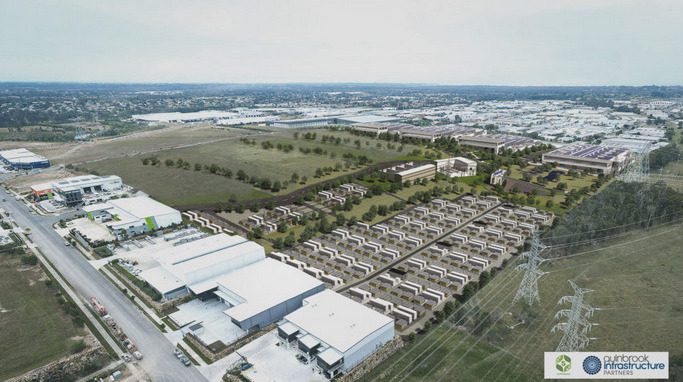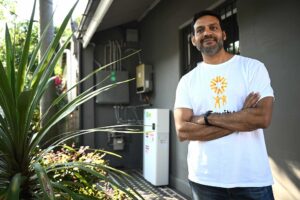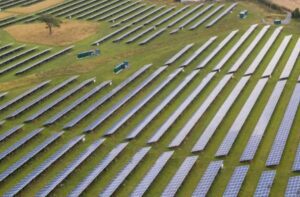Quinbrook Infrastructure Partners has revealed plans to build the largest battery storage installation in Australia – 2000MWh – to support a massive data storage centre close to Brisbane in south-east Queensland.
The 800MW/2000MWh “Supernode” battery project proposes to support the data centre, provide dispatchable services to the grid, firm additional renewables capacity, and act as a “backstop” to reduce the risk of power outages in Queensland.
The project is separate to the 1,000MWh Lockyer battery storage project that Quinbrook is also looking to build in Queensland, as part of plans that converted a proposed gas peaking plant into battery storage instead.
The project is one of a number of large scale battery storage projects now being proposed around Australia, and would be the biggest if it went ahead now, although it could also be run down by competing projects.
Quinbrook says the project site, adjacent to the South Pine substation at Brendale, offers unparalleled power supply access and redundancy with the support of three separate high voltage transmission connections.
The site will also intersect the new Torus dark fibre data cable currently under construction which will directly connect Brisbane to the international sub-sea cable recently landed at Maroochydore from Guam.
Combined with the company’s planned multi-tenant campus of up to four hyperscale data centres, Quinbrook says the big battery, the high capacity power connections and renewable energy will offer future data center customers significant cost savings.
Quinbrook also aims to procure, self-develop and construct the renewables supply capacity needed by Supernode customers as their energy demands grow.
The company is one of Australia’s biggest and most ambitious energy investors, and recently announced its “return” to the Australian market after the switch in federal government from the Coalition to Labor – and flagged its plans for the biggest battery to be given planning approval on the east coast.
At a media briefing in May, directly after the election, the company’s managing director and co-founder, David Scaysbrook, gave a withering assessment of the policies of the previous Coalition government: “We gave up,” he said.
“Queensland can now compete more aggressively with the rest of Australia on the fundamentals of cost, sustainability of operations and latency in order to attract leading data storage operators and create the necessary foundations for the next digital age,” Scaysbrook said on Friday.
“As Queenslanders, the founders of Quinbrook are delighted that we can play our part in helping support the power grid at a critical stage of the state’s energy transition when prices are high and volatility is rife.
With Supernode we will help attract new digital industries to come and flourish here and prosper sustainably by using locally produced, low cost, carbon-free renewable power and excellent data connectivity,” Scaysbrook said.
“This is the critical communications infrastructure needed by progressive industry in this State and it
represents a competitive advantage in achieving Net Zero operations at low cost that may become the
envy of competing economies the world over.”
The Brendale, Queensland project follows up on the green data center campus Quinbrook has been developing at Temple, in Austin, where the initial phase became operational last month.
The Queensland Supernode BESS adds to several big battery projects Quinbrook is currently developing in the US and UK including the $2 billion+ Gemini solar+BESS project in Nevada, which it says recently closed the largest ever financing for a single US renewables project.
In the UK, the company is building a 230MW/460MWh facility to be located on the site of a former coal-fired power station.
In Australia, a peaking gas project in Quinbrook was developing in Queensland’s Lockyer Valley under the former federal government’s failed Underwriting New Generation Investment scheme has since morphed into a battery storage project.








